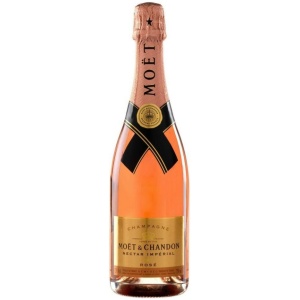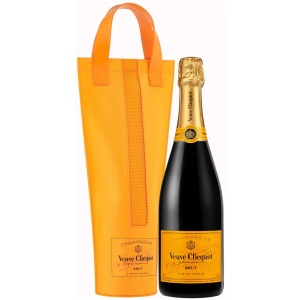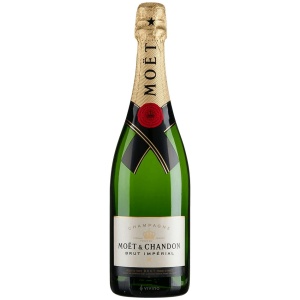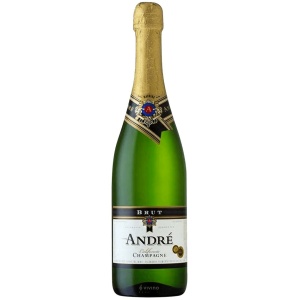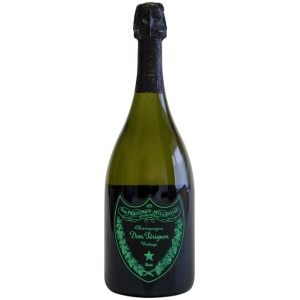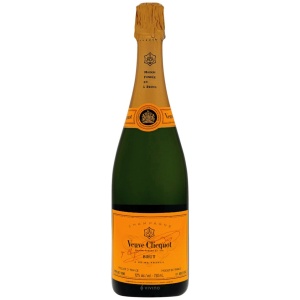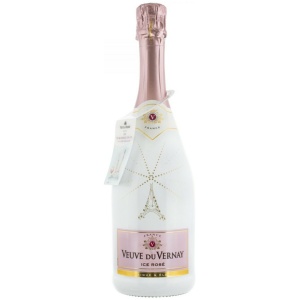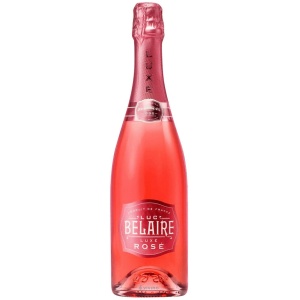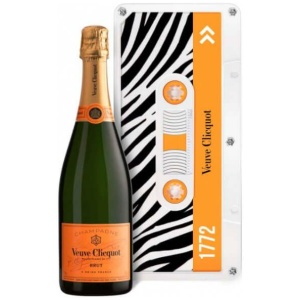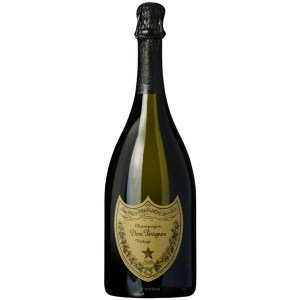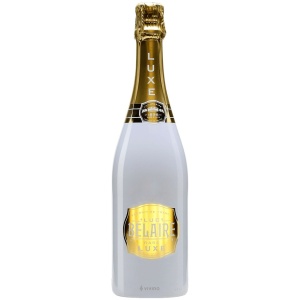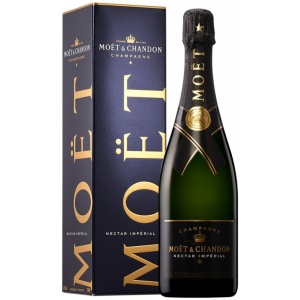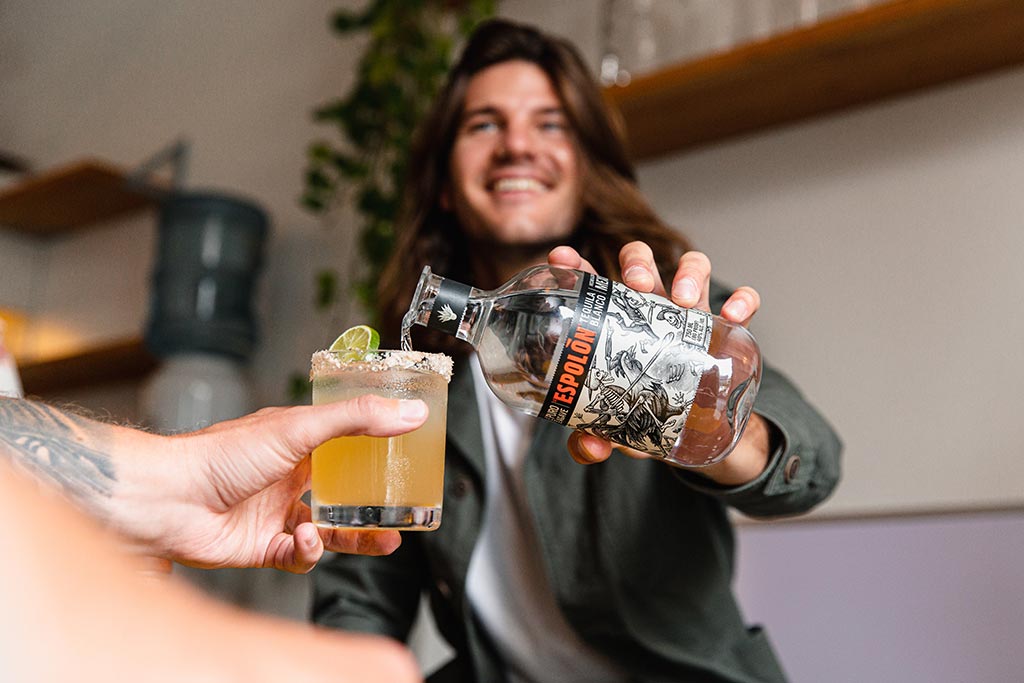Champagne is the world’s most popular, French sparkling wine. Many people use Champagne as a general term for sparkling wine, but in the European Union and select countries around the world, it is actually forbidden to mark any types of Champagne as ‘Champagne’ unless it comes from the French wine-growing region of the same name, and is produced according to the rules of designation. This alcoholic beverage is produced from certain grape varieties grown in the Champagne region, according to the rules that require, among other things, special grape production methods, and the search for grapes exclusively from certain places in the Champagne region. As a result, we have a wide variety of types of Champagne.
The wine called champagne is mainly “assemblage”, an official term in oenology – the study of wine and winemaking. Mixing pure wines derived from different grape varieties, soils and vintage years with different aromatic and organoleptic properties, the art of assembling means creating a wine of superior quality to all basic wines. And the French winemakers are masters at it. The production of good champagne is assured not only by the quality of the raw materials (all three grapes), but also by the experience of the cellar master. Most champagne wines are called “brut” (raw) because of their low sugar content. Different cuvées have different dosages:
Semi-dry: more than 24 grams of sugar per bottle.
Let’s take a look at the different types of Champagne in detail.
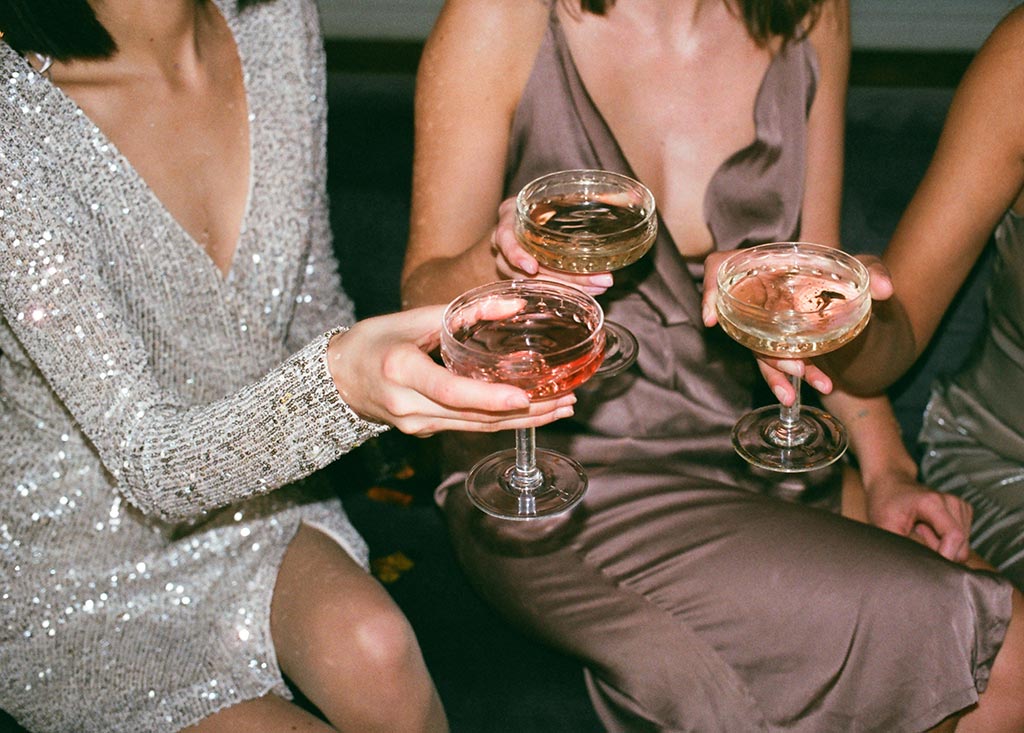
Brut Champagne
Brut champagne, a dry sparkling wine, is the most popular type of champagne exported from France. With few natural sugars remaining in the wine, Brut Champagne represents a balance of crisp fruit, oil and mineral notes. Naturally sparkling, Brut champagne has a high acidity, which contrasts well with bubbles and melts during ageing. Dry champagne tends to rise directly to 12 ABV, making it a moderately high alcoholic drink.
Amongst the various types of champagne, Brut champagne is characteristically dry, with a little sugar, which adds a touch of sweetness. The light, warm white wine is pale in color, with few tannins in the champagne. It has a brilliant acidity, which contrasts well with the characteristic bubbles. Champagne is always aged, which tends to round off the acidity of the grapes, and can be successfully kissed for years. Fresh floral notes, nuts or finished notes can be seen on the nose, as well as shiny fruits like an apple and a pear. The fine and mineral aroma is typical of this style of wine.
Millésimé Champagne
Millésimé champagne is champagne from a certain harvest year. When the harvest year has been exceptionally successful, the cuvée will only be made from this year’s grapes. The label will indicate the year. Each Millésimé has its own character. It is usually Brut champagne, but some producers dare to create Millésimé champagne jam. Guy Michel (Pierre), a famous French producer, showed courage in 1975 and 1979 when he introduced Liquoreux. The 1979 champagne can still be bought. And the famous Delamotte house created the wonderful Millésime Demi-Sec in the nineties. Millésimé champagne is made exclusively from wines from the same harvest. Millésimé emphasizes the exceptional year of the harvest. They are allowed to age at least 3 years (more often 5 years) in the cellar before marketing it.
Demi-Sec Champagne
Demi-Sec Champagne differs from Brut in its highest sugar dose (24 g sugar per bottle). It is recommended to drink it with dessert. On a champagne scale from the driest to the sweetest: Brut Nature, Extra Brut, Extra-Dry (or Extra-Sec), Dry (or Sec), Demi-Sec and Doux. Demi-Sec means semi-sweet wine, although the term, which literally translates as “semi-dried”, is potentially confusing. The term is most often used to refer to champagne or other sparkling wines, it is also used to refer to semi-sweet wines from the Loire Valley and other French regions.
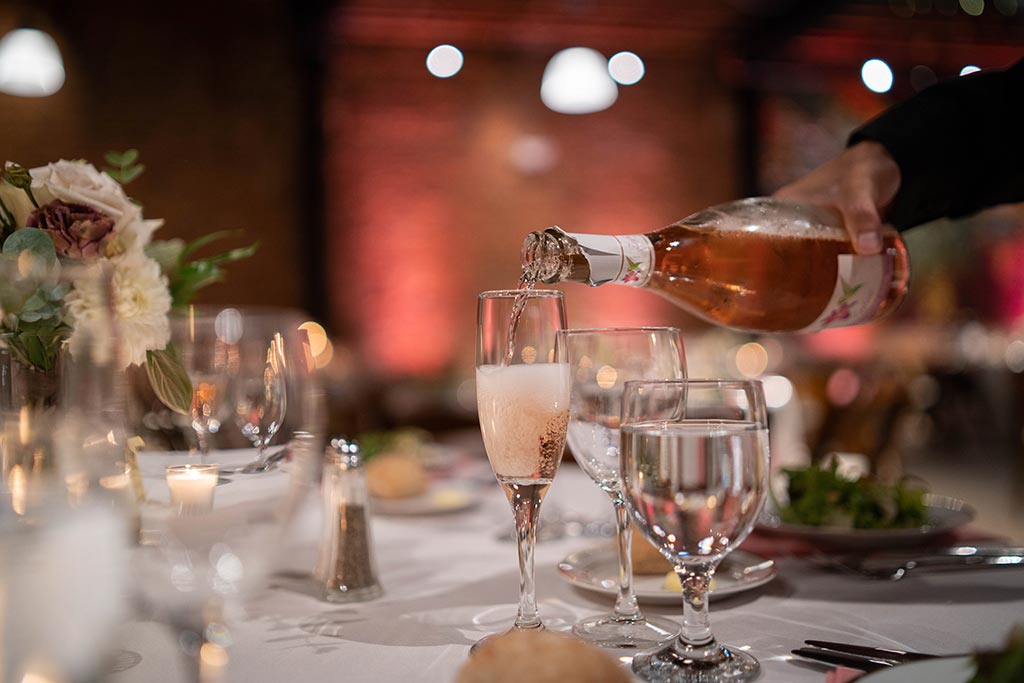
Champagne Rose
This is the only French wine that allows the collection of red wine (Pinot Noir and Pinot Menier, from most mature plots). Rosé champagne is often more expensive than white champagne because it consumes more time and labor. The most common method in champagne is to mix it in sparkling red wine champagne. Another approach is more complex because it involves carefully limiting contact between the red skin and juice during the fermentation part called maceration (soaking the grapes in their own pulp, juice and skin to extract the color, tannins and flavor compounds in the must or juice) to create the desired color of pale salmon known as oil-de-perdrix or partridge eyes.
Like what you are reading? Try these related stories...
Blanc De Noirs
Champagne blanc de noirs is produced exclusively from black and white grapes (Pinot Noir, Pinot Menier). It is a powerful and original champagne with a wide aromatic palette. In the Champagne Cuvée, Blanc de Noir can be made from two authorised black grape varieties: Pinot Noir and Pinot Menier. The prestigious Bollinger Vieilles Vignes Françaises Cuvée, made from unconventional Pinot Noir vines, has defined the style that is currently being developed by several other Champagne houses.
Blanc De Blanc
Champagne is a white sparkling wine, and many types of champagne and sparkling wines can be made from darker grapes. In fact, it’s the norm in the Champagne region. There are three main different grape varieties used in Champagne production: Pinot Noir, Pinot Meunier, both “black” grape varieties, and Chardonnay, a light-skinned grape (Pinot Gris, Pinot Blanc, Arban and Pti Meslier are also allowed, but are part of the planted vineyards). Dark skinned grapes are simply lightly pressed so that the skins do not bleed in the juice and the skins are quickly separated making them ideal for this type of sparkline wine. This process of removing the skins is called the Saignée method and involves the removal (bleeding off or draining off) of a proportion of juice from a tank of crushed red grapes.
Blanc champagne uses only light-skinned grapes, usually 100% Chardonnay, although there is a small subsection of producers who produce all or part of the champagne from lesser-known grape varieties. Noir Blanc is produced using Pinot Noir and/or Pinot Meunier, and although the champagne look may be quite similar, the use of different varieties means that noir Blanc will taste very different from noir Blanc, and noir Blanc may also taste very different from noir Blanc.
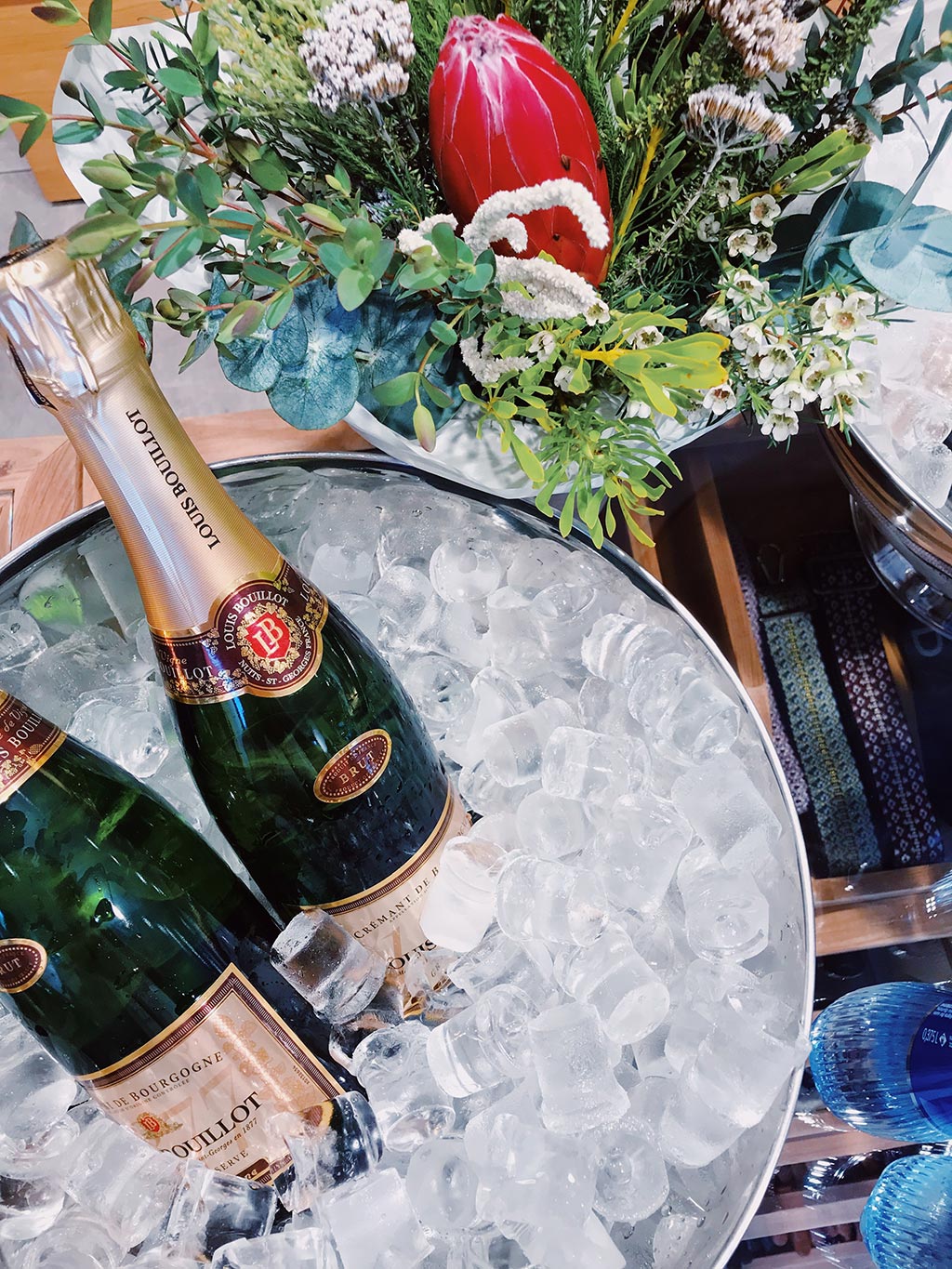
In general, blan de noir will be a little lighter and drier, while blan de noir will show a little more body and fruit pulp. The noir blan, made entirely from Pinot grapes, will be a little stronger than that made from a mixture of Pinot and Pinot Menieu. After all, there are many variables beyond the grapes that determine the taste of the bottle, especially when we talk about vintage champagne and non vintage champagne. 100% Chardonnay blanc bottles from two different champagne producers can have significantly different flavors.
